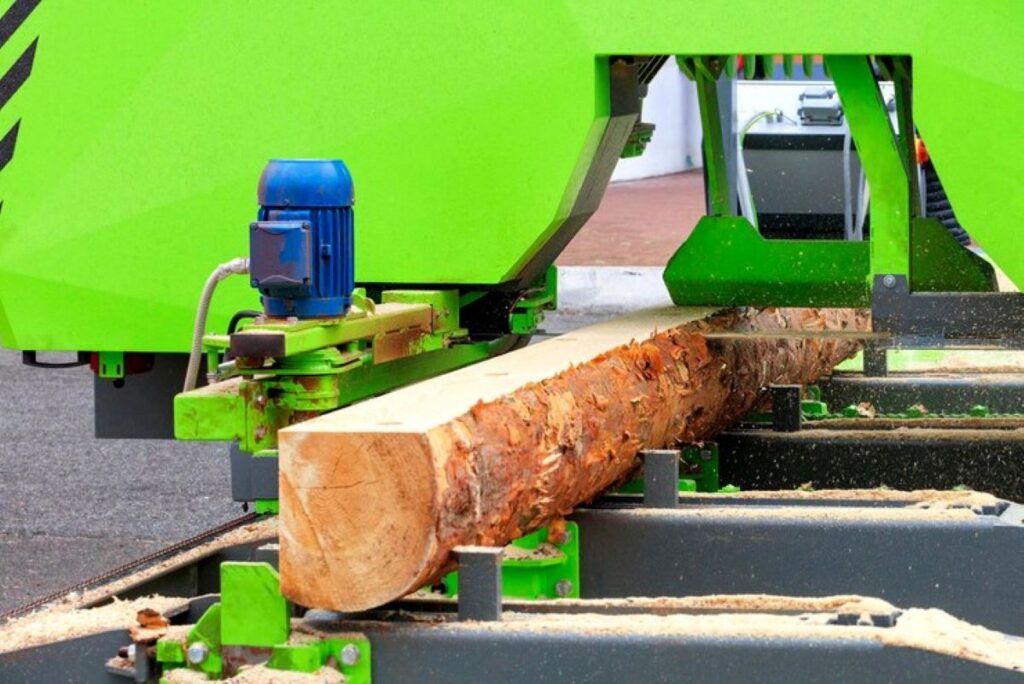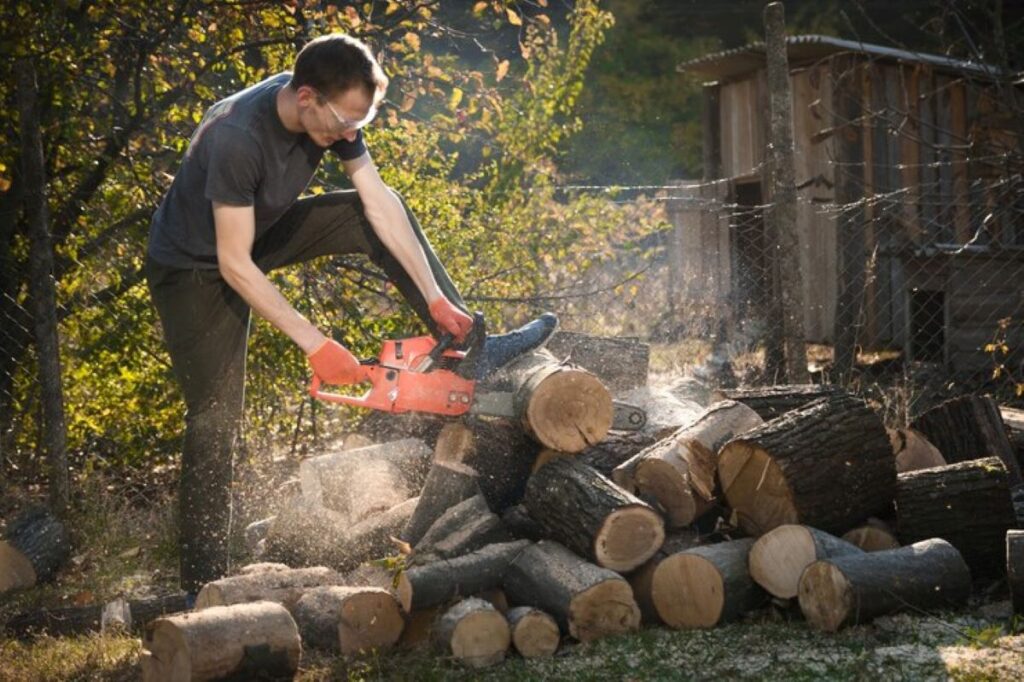When it comes to dealing with tree stumps in your garden, two primary options are often considered: stump grinding and stump removal. Each method has its own set of advantages and disadvantages, and the best choice for your yard largely depends on your specific circumstances. Understanding the differences between these two approaches can help you make an informed decision that suits your needs.
Understanding Stump Grinding
When it comes to dealing with leftover tree stumps, property owners often choose between stump grinding and removal. Stump grinding is a process that involves using specialised machinery to grind down the tree stump into small wood chips. This method is generally quicker and less invasive compared to complete stump removal, which requires digging out the entire stump along with the roots. With grinding, the roots remain intact underground, which can be beneficial in certain situations, such as preventing soil disruption. The machinery used for grinding, known as a stump grinder, is equipped with sharp, rotating blades that efficiently chip away at the stump, reducing it to a manageable size and leaving the area ready for landscaping or other uses.
Advantages of Stump Grinding
One of the primary advantages of stump grinding is its efficiency. The process can often be completed in just a few hours, depending on the size of the stump. Additionally, stump grinding is less disruptive to the surrounding area, as it does not involve digging up the roots. This means that the landscape is less likely to be disturbed, and there is minimal risk of damaging nearby plants or structures. The quick turnaround time allows homeowners to reclaim their outdoor space without the lengthy waiting period associated with traditional stump removal methods.
Moreover, the wood chips produced during the grinding process can be repurposed as mulch, providing a sustainable option for garden maintenance. This can help retain moisture in the soil and suppress weed growth, making it a practical choice for those looking to enhance their garden’s health. Additionally, these wood chips can serve as a natural habitat for beneficial microorganisms, contributing to a thriving ecosystem in your garden. Some gardeners even use the chips to create pathways or decorative borders, adding both functionality and aesthetic appeal to their outdoor spaces.
Disadvantages of Stump Grinding
While stump grinding has its benefits, there are also some drawbacks to consider. One significant disadvantage is that the roots remain in the ground. Over time, these roots can decay and potentially cause issues such as sinkholes or pest infestations. Additionally, if you plan to plant new trees or shrubs in the same area, the remaining roots may hinder growth. This can lead to complications, especially if the species you wish to plant are sensitive to root competition or require specific soil conditions.
Furthermore, stump grinding may not be suitable for all situations. For instance, if the stump is particularly large or located in a tight space, accessing it with grinding equipment may prove challenging. In such cases, alternative methods might be necessary. Additionally, the grinding process can create a significant amount of debris, which may require further clean-up after the job is completed. Homeowners should also consider the potential for noise and vibrations during the grinding process, which can be disruptive, especially in residential areas where peace and quiet are valued. Ultimately, assessing the specific circumstances of each stump will help determine the most appropriate course of action. Visit https://www.outbreak.gov.au/prepare-respond/identify-pests-diseases to identify signs of pests and diesease in plants.
Exploring Stump Removal
Stump removal involves the complete extraction of the stump and its roots from the ground. This method is more labour-intensive and time-consuming compared to stump grinding, but it offers a clean slate for future landscaping projects.
Advantages of Stump Removal
The most significant advantage of stump removal is that it eliminates the entire stump and roots, allowing for complete restoration of the area. This is particularly beneficial if you intend to replant in the same spot or if you want to create a new garden feature. Without the remnants of the stump, there is no risk of decay or pest issues arising from leftover roots.
Additionally, stump removal can enhance the aesthetic appeal of your yard. A clean and level surface can improve the overall look of your garden, making it more inviting and visually pleasing. This can be especially important for homeowners looking to increase property value or create a more enjoyable outdoor space.

Disadvantages of Stump Removal
Despite its benefits, stump removal comes with its own set of challenges. The process can be significantly more expensive than stump grinding, primarily due to the labour involved and the need for heavy machinery. This can be a crucial factor for homeowners on a budget.
Moreover, stump removal can be quite disruptive to the surrounding landscape. The process often requires digging up a large area, which can damage existing plants and soil structure. This disruption may necessitate additional landscaping efforts to restore the area to its former state.
Factors to Consider When Choosing Between Grinding and Removal
When deciding between stump grinding vs removal, several factors should be taken into account. These include the size and location of the stump, your budget, and your long-term landscaping plans.
Size and Location of the Stump
The size of the stump plays a crucial role in determining which method is best. Smaller stumps may be more easily ground down, while larger stumps may require removal for complete eradication. Additionally, the stump’s location is important; if it is situated near other plants, structures, or utilities, grinding may be the safer option to avoid damage.
Budget Considerations
Budget is another significant factor. Stump grinding is often the more affordable option, making it appealing for those looking to save on costs. However, if you have plans to renovate the area or plant new trees, investing in stump removal may be worth the extra expense to ensure a clean and usable space.
Long-term Landscaping Plans
Your future landscaping goals should also influence your decision. If you envision a new garden bed or another tree in the same spot, stump removal might be the better choice. Conversely, if you simply want to clear the area for aesthetic reasons, stump grinding could suffice.
See Also : Grinding Large Tree Stumps Safely: Expert Techniques
Environmental Considerations
Both stump grinding and removal have environmental implications that should not be overlooked. Understanding these can help you make a more sustainable choice.
Impact on Soil Health
Stump grinding leaves the roots in the ground, which can contribute to soil health as they decompose. This natural process can enhance nutrient levels in the soil and support the growth of beneficial microorganisms. However, if roots are left to decay improperly, they may attract pests or diseases.
On the other hand, stump removal can lead to soil disruption, which may temporarily affect soil health. After removal, it is essential to replenish the area with quality soil and nutrients to support new plant growth.
Waste Management
Both methods generate waste, but the type and amount differ. Stump grinding produces wood chips, which can be reused as mulch or composted. This recycling aspect can be beneficial for the environment, as it reduces waste and promotes sustainable gardening practices.
Conversely, stump removal often results in larger waste materials that may require disposal. It is essential to consider how this waste will be managed and whether it can be repurposed effectively.

Conclusion: Making the Right Choice for Your Yard
Ultimately, the decision between stump grinding and stump removal depends on various factors, including the size and location of the stump, your budget, and your long-term landscaping goals. Both methods have their advantages and disadvantages, and understanding these can help you make the best choice for your yard.
For those seeking a quick and efficient solution, stump grinding may be the ideal option. However, if complete eradication and future planting are priorities, stump removal might be the better route. By carefully considering your specific situation and needs, you can ensure a well-maintained and aesthetically pleasing garden for years to come.
Whichever method you choose, consulting with a professional can provide valuable insights and ensure that the work is carried out safely and effectively. With the right approach, your yard can flourish, free from the remnants of unwanted stumps.
